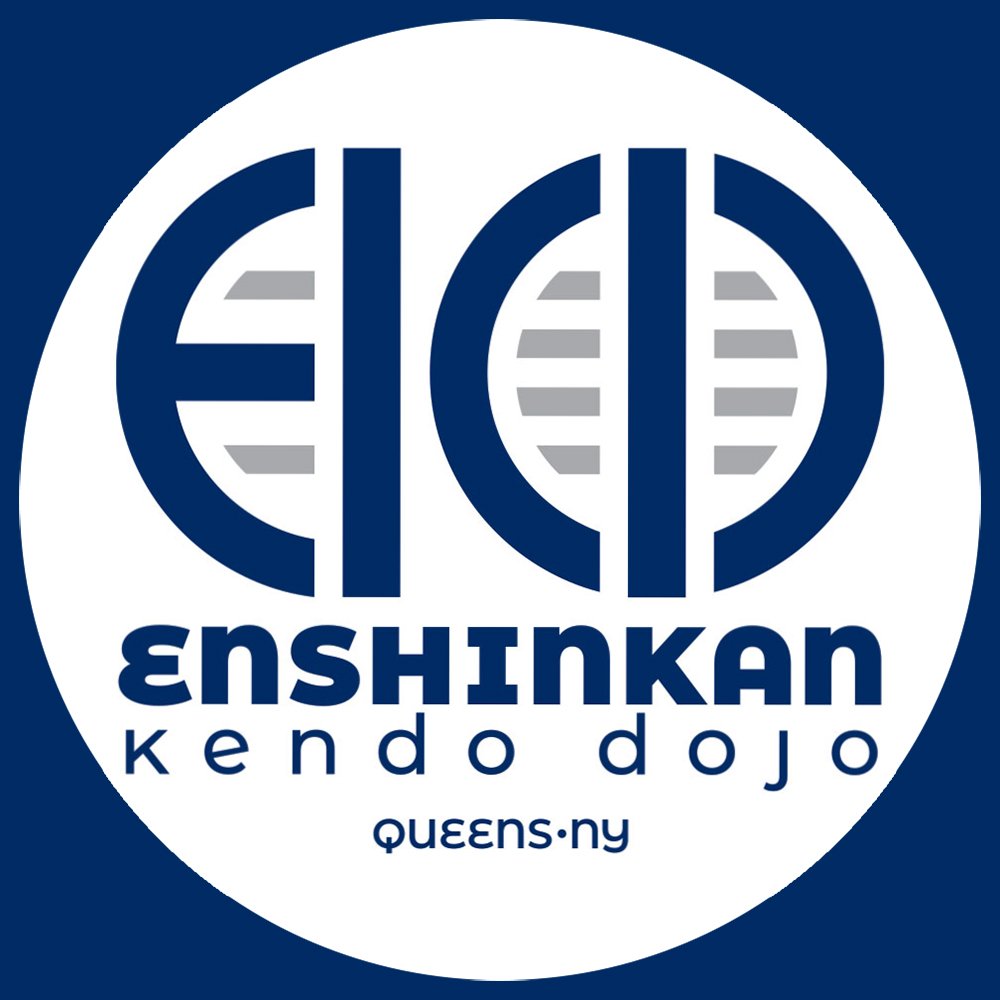Established in 2014, Enshinkan Kendo Dojo serves as Queens’ premier school of authentic Japanese swordsmanship. Our dojo is an affiliate of the All Eastern US Kendo Federation, Ken-Zen Institute, and The Kokusai Nippon Budo Kai.
Our members include long-time budo practitioners, beginners, elders and youth. All are welcome.
KENDO
Kendo traces its origins to the traditional martial arts of the samurai. The art was first conceived as a means of combative practice using bokuto (wooden swords). Over the centuries, the art evolved and practitioners now train with shinai (bamboo mock swords) and bogu (lacquered bamboo armor).
In the modern era, many Japanese martial arts such as kendo emphasize the moral and philosophical aspects of the tradition, upholding virtuous conduct above all. Thus, kenjustu (swordsmanship) became kendo (the way of sword).
The Purpose of Kendo, as defined by the All Japan Kendo Federation, is:
To mold the mind and body,
To cultivate a vigorous spirit,
And through correct and rigid training,
To strive for improvement in the art of kendo,
To hold in esteem courtesy and honor,
To associate with others with sincerity,
And forever pursue the cultivation of oneself.
Thus, will one be able to love his country and society, to contribute to the development of culture, and to promote peace and prosperity among all peoples.
Today, kendo is practiced by an estimated 1 million people in Japan and an equivalent amount in the world. It is a competitive and inspiring art enjoyed by women, men, and children of all ages.
IAIJUTSU
Fundamentally, iaijutsu is the art of drawing the sword from its scabbard to thwart an attack. The technique of sword drawing demands precision, as its application is exacting, subtle and rich in variance.
In a duel, after the initial drawing of the sword, all succeeding attacks and counterattacks sum up the art of kenjustsu (swordsmanship).
From a philosophical stance, iai equates to harmony or oneness with the environment, all sentient beings, and the needs of the present moment. The samurai believed such a state of mind could be cultivated through diligent training under the guidance of an authentic teacher. Thus, actualizing iai within became the pinnacle of martial aspiration.
Of the many sword traditions that hail from Japanese masters, the path studied at Enshinkan is Muso Jikiden Eishin Ryu. The origin of the ryu (path) is somewhat steeped in the legend of a duel between a young samurai (the founder, Hayashizaki Jinsuke Shigenobu) and an older more experienced warrior. Faced with an insurmountable task, Hayashizaki prayed for a means of victory and the technique of nukitsuke (drawing and cutting the sword in one flowing stroke) was revealed to him.
Four-and-a-half centuries later, his discovery and the techniques and philosophy that expound upon it are preserved and disseminated by iaijutsu practitioners around the world. The tradition practiced at Enshinkan is of the Masaoka lineage, under the guidance of Carl E. Long Hanshi, So-shihan of the Kokusai Nippon Budo Kai.



